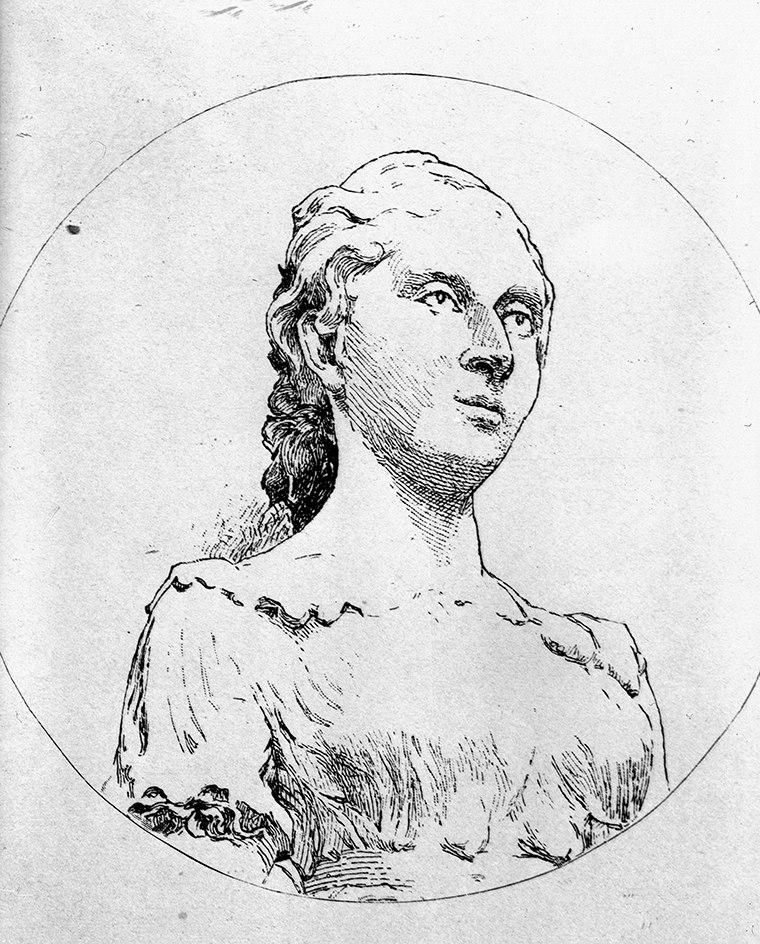Germain, Sophie (1776-1831), a French mathematician, made significant contributions to number theory and to applied mathematics. Number theory is the branch of mathematics concerned with the properties of the integers—that is, whole numbers and their negatives. Scholars also consider Germain a pioneering female mathematician. During her time, society generally discouraged or forbade women from studying academic subjects, such as mathematics and science.

Germain discovered a set of numbers that became known as the “Sophie Germain primes.” A prime number, such as 2, 5, or 71, is a whole number greater than 1 that can be divided without a remainder only by itself and 1. A prime number qualifies as a Sophie Germain prime if 1 plus twice the number is also a prime number. The four smallest Sophie Germain primes are 2, 3, 5, and 11. Germain used such primes to prove part of a famous mathematical statement called “Fermat’s Last Theorem” (see Fermat, Pierre de ).
Marie-Sophie Germain was born on April 1, 1776, in Paris. Though initially forbidden to study mathematics, she educated herself by secretly reading books from her father’s library and later by collecting lecture notes from courses at the École Polytechnique in Paris. Germain sent her work to such leading mathematicians as Joseph-Louis Lagrange of France and Carl Friedrich Gauss of Germany. Fearing ridicule for being a female mathematician, Germain initially signed her letters and papers with the male name Monsieur Antoine-August Le Blanc.
In 1816, Germain won a prize from the French Academy of Sciences for solving a mathematics problem related to elasticity, the ability of a solid to return to its original shape and size after it has been deformed. Her work has helped engineers design skyscrapers, including the Eiffel Tower in Paris. Germain died on June 27, 1831.
See also Number theory .
